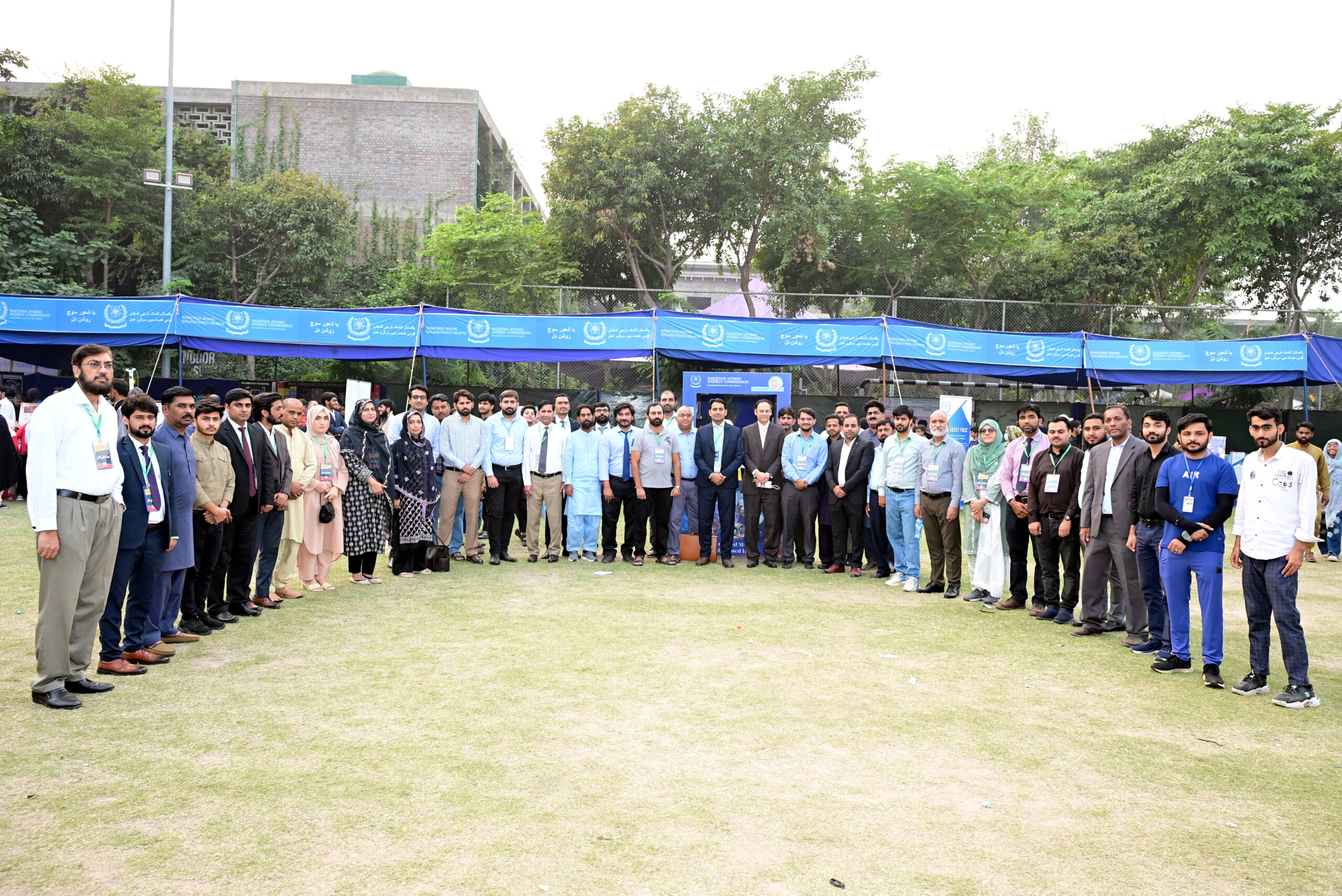Karakoram Highway, generally called as KKH is a wonderful artistic feat. Construction of this grand road started in 1966 and completed after 12 years in 1978. Having a total length of 1300 kilometers, 887 kilometers are in Pakistan and 413 kilometers are in China. The KKH starts from Hassan Abdal, passes through Haripur Hazara, Abbottabad, Mansehra, Bisham, Dasu, Chilas, Jaglot, Gilgit, Hunzanagar, Sasat and Khunjerab Pass to Kashgar in China.
The global community was surprised over the construction of KKH as the world’s big companies were unable to complete this task. After an aerial survey, a renowned famous European company had declared its construction impossible. Despite the dangers of severe weather, heavy snowfall and landslides, the construction of this road is a miracle that Pakistan and China made possible together.
During construction of this highway, 810 Pakistanis and 82 Chinese lost their lives. As per report, 8,000 tons of dynamite were used to tear apart the hard and rocky chest of the Karakoram Highway and 30 million cubic meters of rocky mountains were cut down to complete it. Completion of this highway is simply amazing.
This road contains hundreds of stories within itself, stories of love, hate, fear, backwardness and progress!!…Sometimes charming, sometimes mysterious, sometimes peaceful, sometimes noisy, sometimes asking questions, sometimes answering.
KKH changed the destiny of Gilgit Baltistan bring a revolution in the area through path of the road.
Your curiosity grows while traveling on this highway as you are curious to see what is beyond the mountains, and sometimes you think what was there when this road was not there.
Hazara is starting point of the Karakoram Highway where the lush green scenery and beautiful valleys accompany you till “Thakot”. From Thakot, the KKH runs along the Indus River till Jaglot and then turns towards Skardu.
Kohistan region starts after Thakot where rivers of water descending from distant heights make the journey memorable and interesting. Chilas region beings after Kohistan which is an area consisting of rocky mountains. Chilas is an important area of Diamir district and also called the gateway to Gilgit-Baltistan. You can also reach Chilas through Naran via Babusar Top. After Chilas, the KKH starts going around Nanga Parbat and then comes the Raikot bridge, this is the place from where jeeps are rented to go to Ferry Meadows and Nanga Parbat Base Camp.
After Raikot, Nanga Parbat, the Indus River and the Karakoram Highway form a beautiful combination which makes visitors literally silent to observes these scenes.
Gilgit division starts here after which the first important place is Jaglot. From Jaglot, the route leads to Astore, Deosai and Skardu Baltistan. Jaglot has the three greatest mountain ranges of the world, the Himalayas, the Hindu Kush and the Karakoram.
Jaglot is an important city of Gilgit, which is prominent due to its commercial, political and social characteristics. Naltar, Ishkoman, Ghizer and Shandur etc. can be reached from here through jeep.
Nagar region starts after Gilgit which is known as Raka Poshi Peak. You will get to see this beautiful and giant peak from every place on the Karakoram Highway. Nagar and Hunza are located on both sides of the Karakoram Highway. The beauty of the Karakoram Highway is in its full glory here. Here you witness nail biting beauty and “Pasu Cones” is the best example of this.
The Hunza and Nagar region is very beautiful. High peaks, glaciers, waterfalls and rivers are the specialty of this region. Raka Poshi, Altar, Batora, Kanyang Kush, Dastgil Sar and Pasu are prominent mountains of this region.
There is also an artificial but very attractive lake called Attabad, which is 21 kilometers long, which was created by the collapse of a mountain.
The Hunza region is famous for its “slow” Pakistan-China trade and is a market for imported goods from China.
After Sost, the last stop of the Karakoram Highway in Pakistan is Khunjerab Pass.
The area from Sost to Khunjerab consists of uninhabited, difficult mountains and continuous ascents. The height of the Karakoram Highway at Khunjerab Pass is 4,693 meters, that is why it is called the highest highway in the world. Khunjerab is home to unique animals of the world, including Marco Polo sheep, snow leopards, marmots, bears, yaks, markhors and neel cows. Due to this, Khunjerab has been given the status of a national park.
While travelling on KKH, you can see all kinds of geographical views including lush green mountains, rocky and barren mountain ranges and giant snowy peaks, numerous rivers, waterfalls, pastures and glaciers, which not only make your journey beautiful but also leave a deep impression on your heart and mind. The KKH is not just a road, but it is the eighth wonder of the world, it is the guardian of civilization and civilization, it is a means of getting out of backwardness, it is a tool to quench the thirst of thousands of tourists every year, it is a symbol of love and friendship, it is the line watered with the blood of hundreds of workers that brought the entire Gilgit-Baltistan out of darkness and into the light.





